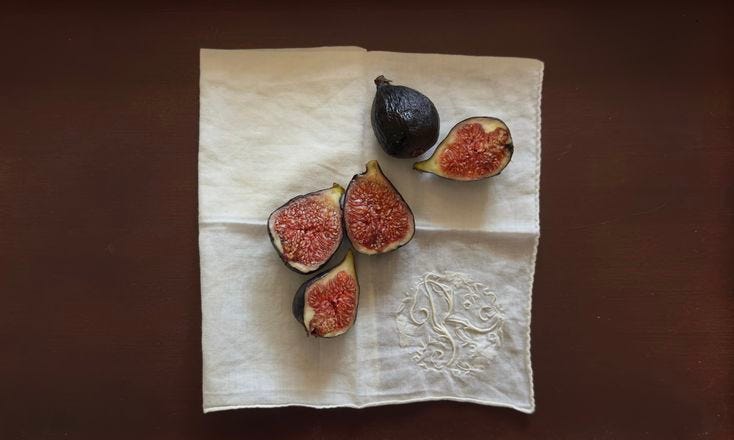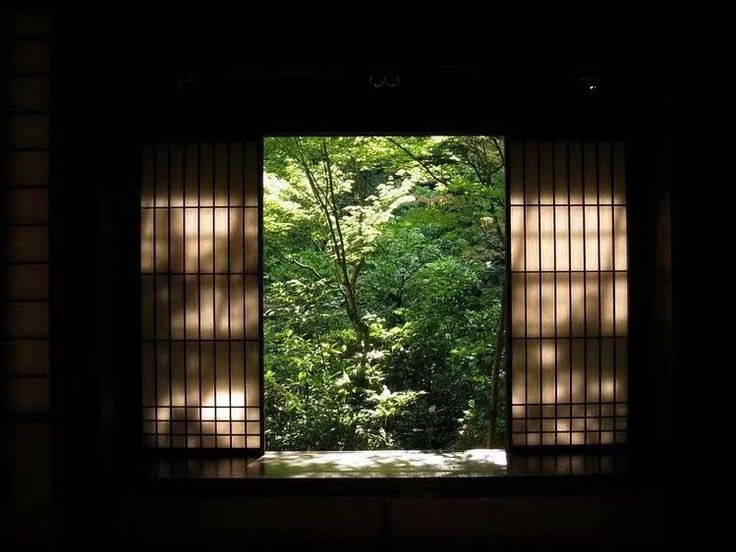the 'most days' approach
on true consistency over years, not days
I don’t know about you, but august for me always feels a bit… something.
Like when a storm has been brewing, but still hasn’t hit. Or your period is delayed by a few days and you’re just begging it to arrive. There is something a little swollen, heavy and overripe about August. Like when you buy a perfectly delicious punnet of figs and leave them on the counter for a second too long and they turn into syrup before your eyes.
This swollen, overripe feeling can result in less motivation or drive, which of course increases the sensation of being stuck, restless, swimming in circles, swaying to and fro, going nowhere — but not resting deeply, either.
It’s times like these I am deeply, deeply grateful I have spent more than a decade developing what some might call micro-habits, or what I have come to call a most days practice to help move me through sticky periods, seasonal or otherwise.
Most days, not every day.
Years ago, when I was teaching 20 yoga classes a week in studios all over Sydney, I noticed the majority of people typically had quite an extreme approach to their practice.
Some would be on the mat every single day and then vanish for months. Others would either attempt every single pose with extreme force, or never attempt anything challenging (for them) at all.
Over time, I realised the students who seemed to receive the most out of the practice were those who took a more balanced, middle path approach. They were regular over years, not weeks. They took breaks, but always returned. Some days they challenged themselves, others they took child’s pose.
These were the people I perceived to have the deepest practice. They had something about them that was felt — how they rested in savasana, how they spoke, or moved in the room, nothing to do with their accomplishment in any one physical posture at all.
Around the same time, I noticed a pattern in my own life.
In all my (many) yoga and meditation trainings, I was told of the importance of creating a sadhana in which the same practices were done at the same time, in the same way, each day. Despite loving my practice and being a generally disciplined person, I found it extremely difficult to stick to the exact same routine every single day, or for 30 days straight.
I often measured my worth or goodness around how perfectly I was adhering to this strict routine at any given time. If I was keeping it up, I felt like I was worthy or enough. I felt so good about myself.
If I wasn’t, I felt like a complete failure.
There also came a moment I realised I was often going through the motions of my practice (when I refer to my practice I mean yoga, meditation, breath-work!) simply so that I could get that dopamine rush of ticking it off to feel good about myself.
While there is nothing inherently wrong with that approach, I realised it was absolutely not the reason why I wanted to practice.
I practice to come back into my body.
I practice to s l o wwww d o w n.
I practice to listen, to feel.
I practice for my past, present and future self.
I wanted it to be the one place I wasn’t rushing through, hoping for a gold star.
So one day, I gave myself permission to let it go.
I treated it as an experiment.
I told myself I would play with being a lot more flexible in my approach, and if that meant I never practiced at all, I would try something else.
This one permission slip completely changed my life.
This I can comfortably say, because I’ve been living it for many years now, and it has influenced almost every aspect of my life.
I acknowledge repetition and discipline are both very important in any practice or craft, but how that looks day to day can, and will, look different for everyone.
Finding what works for you is worth taking the time to figure out.
What I started to see back when I was teaching yoga in studios, was true consistency was built over years, not days or weeks.
Over time, I noticed this applied to everything in life.
In this world, it’s something very easy to forget.
The Most Days Approach
It’s genuinely nothing groundbreaking. It’s simply a loosening of the grip. Instead of setting myself a goal like Every Day, or thirty days, or five days a week, I set the goal of Most Days, instead.
To be honest, at this point in my life, Most Days is (pretty much) every single day. But I’m not keeping count or track. I’m leaving the ‘good girl’ all the way out of it.
It’s mostly completely effortless. Instead of a full routine that must be completed by a certain time each day, I let my body lead in the morning. If I’m feeling gross and resistant I’ll do just a fraction of a practice. Write one single page, three minutes of breath work, 50 jumps up and down, whatever it is — and if I don’t want to continue (which is rare, but happens) I let it go, for now.
That’s it.
Sometimes my practice is a handful of ten minute moments caught at multiple points throughout the day. Sometimes it’s just five, full stop. Sometimes, it’s a blissful 90minutes in the morning. Sometimes it’s 20. Sometimes I don’t get to it until later in the evening. If I don’t have time to practice, or something comes up for a few days in a row that shifts me off balance, I genuinely don’t stress. I put myself in legs up the wall as I call a friend. I come back tomorrow.
As a forever over achiever, It’s been beautiful (and mind blowing) to witness how a relaxed approach can actually create more discipline and depth.
A more relaxed approach means less extremes, less flip flopping between all the way in, then all the way out, which meant I was actually a lot more consistent over time. Even if some days, my practice was very short. It was like making my coffee in the morning or brushing my teeth, it just started to happen, because it wasn’t this big deal I had made it out to be in my head.
I’ve gained so much from allowing this approach to move into my business and creative life, too.
Writing each day for a length of two pages, or a playlist of 10-15 minutes can actually make you a much more effective writer than glueing yourself to a computer screen until a piece is ‘done’ at which point you never want to look at a computer screen again to recover from it all.
Below, just for fun, is short list of practices I like to include Most Days, I’m sure you do many of these too.
Keep reading with a 7-day free trial
Subscribe to The Salon to keep reading this post and get 7 days of free access to the full post archives.




